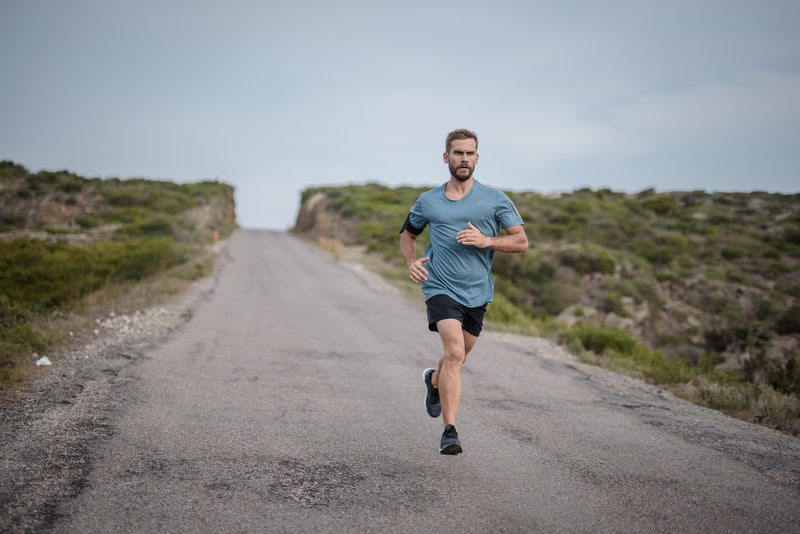Running is one of those awesome hobbies that you need literally zero investment to get into, and its rewards certainly surpass one’s expectations. You get to keep your health in check and stay fit, all the while doing something that you genuinely enjoy!
However, much like any hobby out there, becoming a pro runner, or even an average one, isn’t a smooth sprint down the lane — it comes with a lot of bumps along the way. From inconvenient situations to painful exasperations, running can be a rollercoaster at times.
You don’t really have to worry too much though; we’ve rounded up 5 of the most common problems all runners (especially the newbies) face, and offered our solutions to deal with them.
The Runner’s Trots
This might be the worst thing that running is known for. It’s so bad that it’s named after runners, even though cyclists and swimmers feel it at times. This is called runner’s trots, also known as runner’s diarrhea. It’s that aching feeling during or after an incredibly long run that makes you want to go to the bathroom.
And unfortunately, it does get worse. Mid-run, you may find yourself having an accident, without even noticing it had happened. The good news is runner’s trots can be avoided altogether.
Most beginner runners tend to forget that running starts even before you put on your shoes. By avoiding high-fiber foods starting from the day before a long run, you can avoid runner’s trots and spare yourself the pain and the embarrassment.
Bonking
Another problem of poor preparation, bonking refers to that feeling when you’ve become so tired that you would just hit the floor and half-collapse. It happens when you suddenly deplete your glycogen during a run, making you feel weak and dizzy. It feels as if your limbs have betrayed you and stopped moving despite what you tell them to.
Before a run, you should learn how to pace yourself and find your limits. Unfortunately, you may need to feel the bonk a few times just to know how much you can really take before your limbs give way.
You should also bring a few energy bars and energy drinks with you to keep your glycogen levels up which then keeps you from falling on your knees. This can help prevent bonking on your next run.
Shin Splints
Like your glycogen levels, your legs also need some preparation before a run. Many beginners face shin splints, which are dull aches on the leg that sometimes turn into acute, spiking pains. This happens because you forgot to stretch your leg muscles and sprained them mid-run. Shin splints also happen when you have over-paced yourself and your body can’t take it.
With planned rests, proper pacing, and diligent stretching, you can avoid shin splints and keep yourself at top running condition at all times. Otherwise, it could affect your form and stop you from improving later on.
Side Stitches
Like shin splints, side stitches are both physically painful and hurt your running form. It’s a spiking pain that hits your sides while doing an intensive run. Side stitches begin as a slight, dull pain on a small side of the abdomen. It then spreads to cover the rest of the side and hurt with every move you make.
You can lose side stitches by taking a break and relaxing your diaphragm for a few minutes. It also becomes less frequent and disappears faster as you improve your stamina.
However, if you feel like your side stitch doesn’t want to go away no matter how much you train your stamina, then you may want to speak to either a personal trainer or a professional physical therapist.
Chafing
Lastly, arguably the worst problem that many beginner runners seem to face is chafing. Some runners tend to develop a rash between the armpits, thighs, and even on their nipples. This happens because of friction between the clothes and skin, which gets worse the more you sweat.
Chafing is a serious issue but is relatively easy to address. You may want to invest in tight-fitting decompression clothes that decrease friction between them and your clothes. While baggy clothes can also work, you may suffer in speed because of increased air resistance. A little bit of deodorant applied to tender areas can also help, as well.
If there was anything else that you may need as a beginner runner, then that must be a committed dedication to the sport. As in all sports, a genuine passion for running is the key to avoid problems and improve on your time — finally helping you get that PR (personal record) you’ve always dreamed of!


 Self Care In A Time Of Covid
Self Care In A Time Of Covid